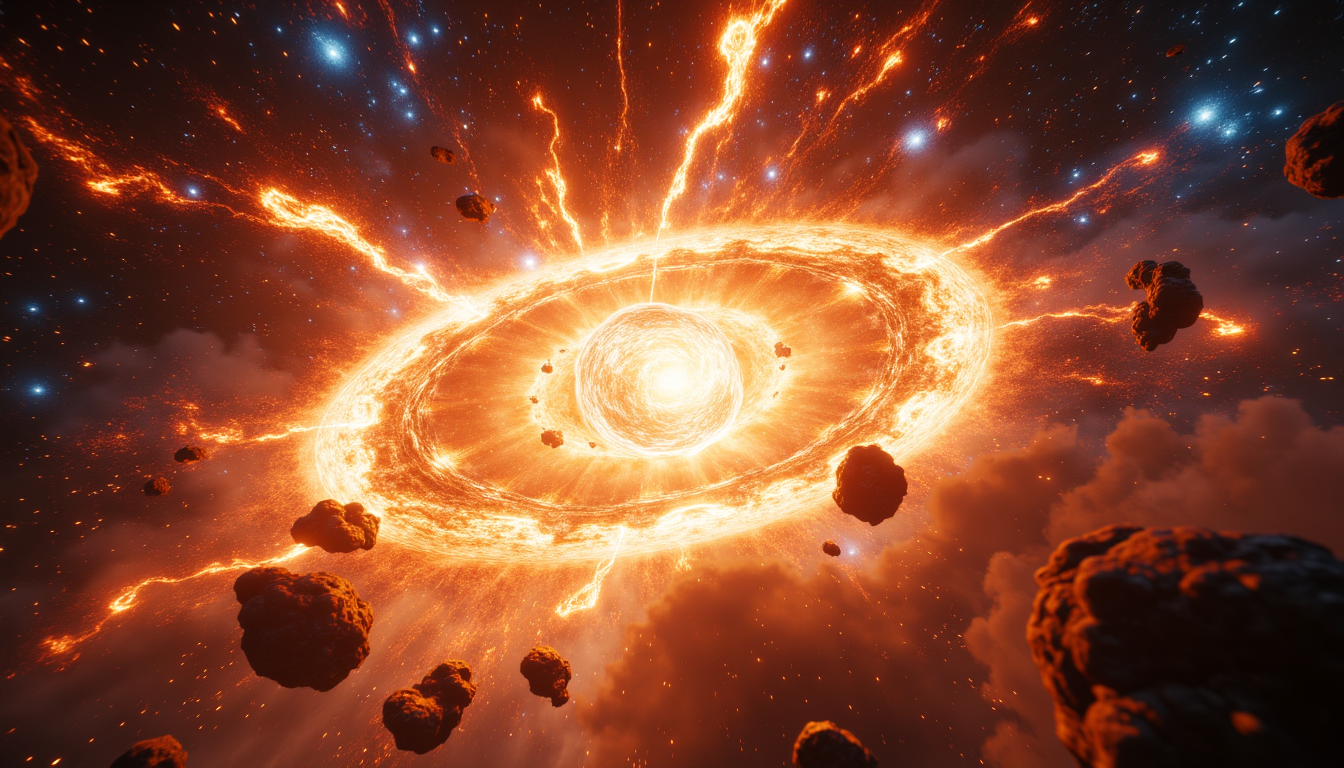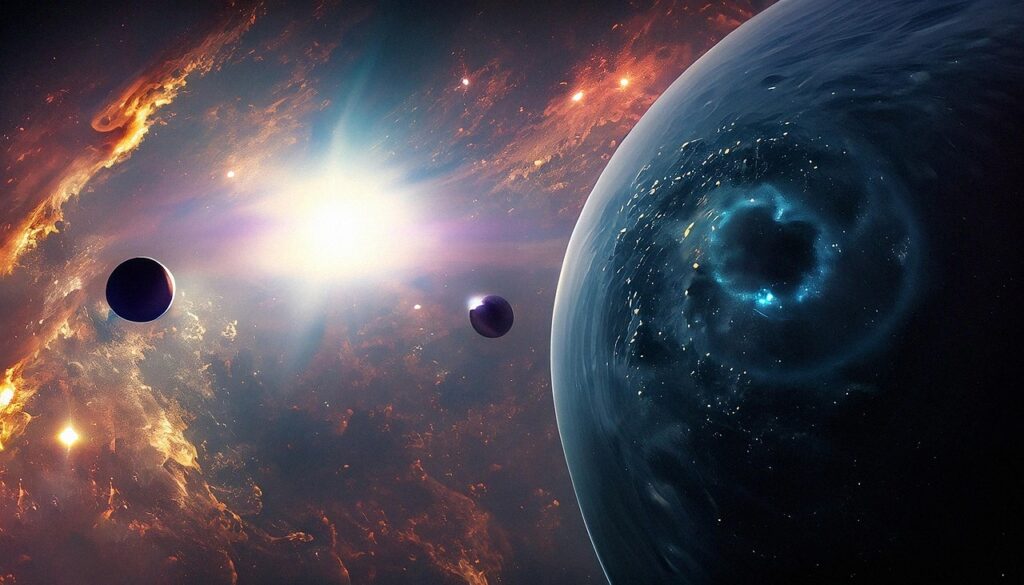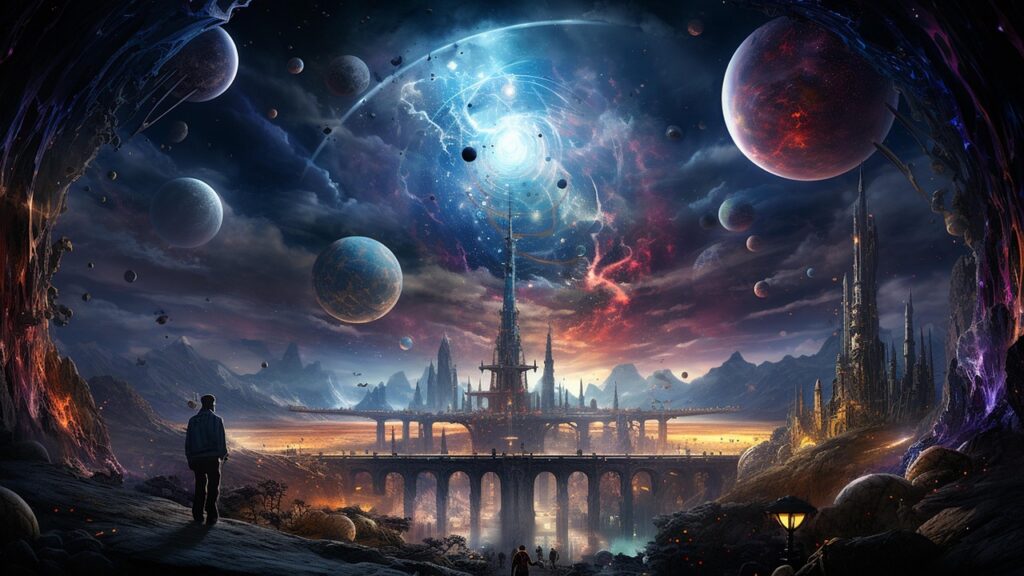Physical Address
304 North Cardinal St.
Dorchester Center, MA 02124
Physical Address
304 North Cardinal St.
Dorchester Center, MA 02124

I Want to Believe

I Want to Believe

For decades, astronomers have tracked the odd behavior of one of the night sky’s brightest stars: Betelgeuse, a bloated red supergiant perched on Orion’s shoulder. They suspected the inevitable was approaching—the death of a star. But no one knew when the curtain would finally fall.
Now, thanks to the unprecedented clarity of NASA’s James Webb Space Telescope (JWST), we’re seeing it unfold in real time. Not a simulation. Not a theory. This is the raw spectacle of a stellar supernova erupting just 642 light-years from Earth—the closest and most detailed look humanity has ever had at a dying star.
And what Webb is showing us is nothing short of cosmic history in the making.

Betelgeuse isn’t your typical star. It’s a red supergiant—roughly 20 times the mass of our Sun and over 700 times its diameter. If you dropped it into our solar system, it would engulf everything out to Jupiter. For years, this stellar behemoth has shown signs of instability—expanding, shedding mass, flickering in brightness. When it dimmed dramatically in 2019, astronomers worldwide held their breath. Was this it?
Webb’s ultra-sensitive infrared instruments have now peeled back the layers of this volatile giant, revealing a cataclysm in progress. We’re seeing convection cells the size of planets burst on the surface. Supersonic gas plumes blast into space. A shockwave—an actual shockwave—ripples through the outer layers of the star.
This is not a dramatization. This is astrophysics in motion.
The images coming from JWST aren’t just breathtaking—they’re a scientific goldmine. For the first time, researchers can model what’s happening inside a star as it dies with extraordinary precision. They’re tracking magnetic field disruptions, surface fractures, and enormous voids of plasma where material is being pulled in and hurled out simultaneously.
Webb’s data suggests the collapse isn’t symmetric. Some of the star’s material is being flung into space at breakneck speed. Some may be falling back inward, pulled by the gravity of a rapidly forming core. This chaotic behavior hints at something astrophysicists have long theorized but never directly observed: a transitional object—something between a neutron star and a black hole.
If true, this could redefine what we thought we knew about stellar death.

Unlike distant supernovae observed in faraway galaxies, Betelgeuse is practically in our cosmic backyard. That means scientists aren’t just watching a fireworks show—they’re studying the ripple effects in real time.
Webb has already detected gravitational waves—those elusive ripples in spacetime—as well as energetic radiation that could be reshaping the surrounding interstellar medium. Dust clouds are heating up. Magnetic fields are distorting. And yes, there may be long-range optical impacts—how we see the universe from here on out could subtly shift.
The death of Betelgeuse isn’t just a light show. It’s a neighborhood event.
Let’s address the obvious question: Are we at risk?
Short answer: No. Betelgeuse is far enough away that its radiation won’t harm us. But the long answer? It’s complicated. The supernova is releasing gamma rays, high-energy particles, and electromagnetic bursts that could influence cosmic dust structures, and even subtly shift how light from distant stars reaches us.
It won’t hit Earth, but it may hit the way we perceive space itself.
Here’s the kicker: Everything you and I are made of—carbon, oxygen, iron—was forged in stars just like Betelgeuse. When a supernova explodes, it seeds the galaxy with the raw ingredients for life. New stars, planets, and eventually living systems can form from this cosmic fallout.
Among the data Webb captured are traces of exotic elements—technetium, yttrium—formed only under extreme conditions. By analyzing their presence and ratios, scientists can track how matter migrates through space and time, from the heart of stars to the cells in your body.
Betelgeuse isn’t just dying—it’s giving birth to something new.
Eventually, Betelgeuse will vanish from our night sky, replaced by an expanding nebula of hot gas and dust. Its place in Orion will become a glowing ghost of what was. But its death is a beginning—not an end.
Webb has given us more than a front row seat. It has given us a lens into the fundamental processes that make the universe tick. This is what science at its most powerful looks like: not just observation, but revelation.
So now we ask: What’s next?
Will we witness another nearby star preparing to blow? Will Webb capture the formation of the very first stars from the dawn of the universe? Will we finally get a glimpse of what lies beyond a black hole’s event horizon?
Whatever the answer, the universe has more to say.
What do you think? Is this the most significant stellar event of our generation—or just the beginning of a new cosmic era? Drop your thoughts in the comments. And if you’re fascinated by space, science, and the mysteries just beyond our reach, subscribe to GarnerReport.com. We’ll be here, decoding the cosmos—one revelation at a time.